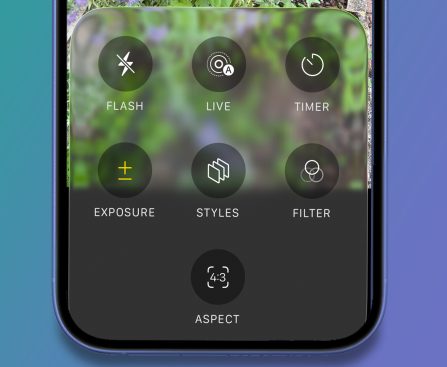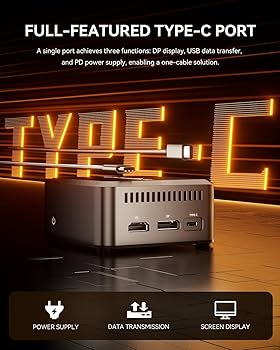Three U.S. Senators, Ron Wyden, Ed Markey, and Ben Ray Luján, have officially asked Apple CEO Tim Cook and Google CEO Sundar Pichai to temporarily take down the X and Grok applications from their app stores. This request arises due to troubling reports about the creation of nonconsensual sexualized images of women and children via these platforms.
In a public letter directed to the CEOs, the senators conveyed their worries regarding the “appalling content generation” enabled by the Grok AI feature within the X app. They pointed out that users have misused this technology to produce disturbing and harmful images, including representations of sexual abuse, humiliation, and violence against women and children. The letter stresses that such activities not only breach the app stores’ terms of service but also reflect a serious disregard for the safety and dignity of individuals.
The senators noted that X Corp’s recent actions, especially under CEO Elon Musk’s leadership, appear to have fostered this trend, with Musk’s reactions to the content being characterized as dismissive. The letter highlights the urgency of the matter, demanding prompt action to safeguard vulnerable groups from this kind of exploitation.
Moreover, the senators cited a precedent wherein Apple and Google rapidly removed apps associated with tracking Immigration and Customs Enforcement (ICE) operations when pressured by the Department of Homeland Security. They asserted that, in contrast to the questioned apps, which did not create harmful content, the X and Grok apps are directly involved in producing and spreading illegal and harmful material. The senators implored both companies to exhibit a similar level of responsiveness in addressing the challenges posed by X and Grok.
The complete text of the open letter can be viewed through the provided link, detailing the senators’ concerns and their appeal for action against the harmful content generated by these applications.










